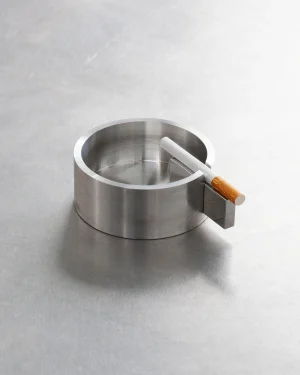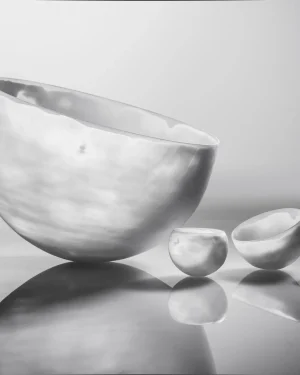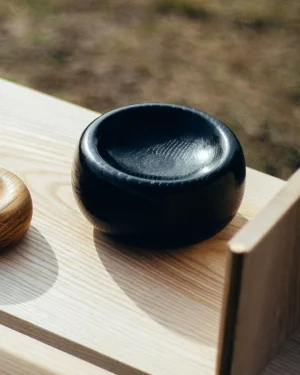Bowls, one of the oldest forms of household utensils, have transcended their functional use to become symbols of artistic expression. Originating as basic containers for food and liquids, they have evolved into pieces of art, reflecting cultural traditions and modern design. Today, bowls are celebrated not only for their utility but also for their aesthetic appeal and craftsmanship.
Origins of Bowl Design
- Rooted in ancient civilizations, used for daily sustenance and ritualistic purposes.
- Evolution influenced by cultural and artistic trends, from simple clay forms to elaborate decorative objects.
- Became symbols of hospitality and art in various cultures, with designs reflecting local materials and traditions.
- Modern bowl design incorporates diverse styles and materials, showcasing both innovation and heritage.
Components of Bowls
- Material: Ranging from ceramics and glass to metal and wood, chosen for durability and aesthetic qualities.
- Shape: Varied designs from traditional round forms to contemporary abstract shapes.
- Finish: Includes glazing, carving, or painting, adding to the bowl's decorative appeal.
- Functionality: Designed for various uses, from serving food to decorative purposes.
Techniques in Bowl Design
- Ceramics and Pottery: Traditional methods of shaping, firing, and glazing clay.
- Glassblowing: Creating unique glass bowls with intricate patterns and colors.
- Woodworking: Carving and shaping wood into durable and artistic bowls.
- Modern Fabrication: Utilizing contemporary materials and techniques for innovative designs.
Current Uses of Bowls
- Dining and Serving: Essential in kitchens and dining rooms for serving a variety of dishes.
- Decorative Art: Used as aesthetic pieces in home decor, reflecting personal style and artistic taste.
- Collector’s Items: Sought after by enthusiasts for unique designs and craftsmanship.
- Benefits: Beyond their practical use, bowls add a touch of beauty and artistry to everyday life.
The Essence of Bowls
Bowls, in their diverse forms and designs, embody the intersection of functionality, tradition, and art. From the humble beginnings as utilitarian objects, they have evolved into symbols of cultural expression and design innovation. These pieces serve not just a practical purpose but also represent the artistic vision and skill of their creators.
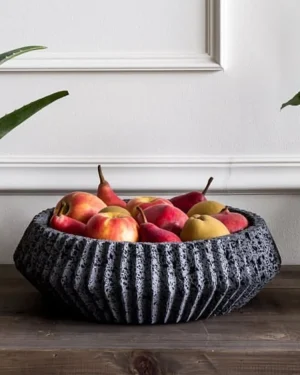
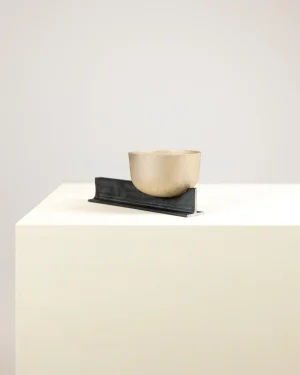 In stock
In stock In stock
In stock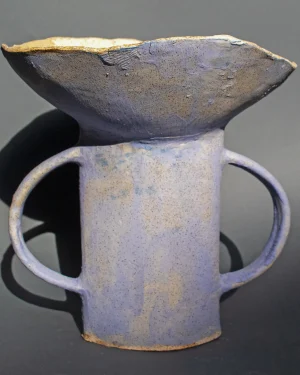 In stock
In stock Free shipping
Free shipping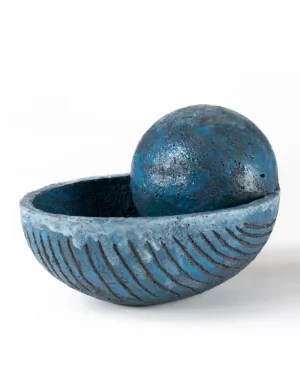 In stock
In stock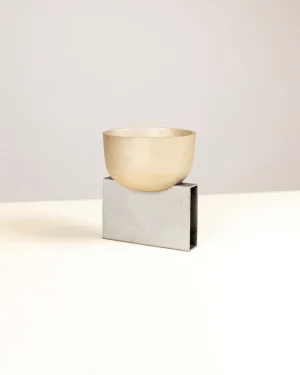 In stock
In stock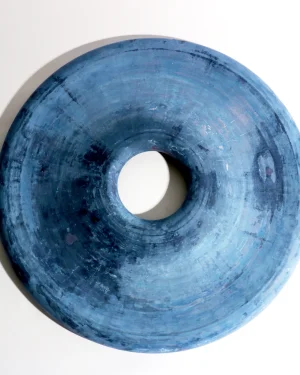
 Free shipping
Free shipping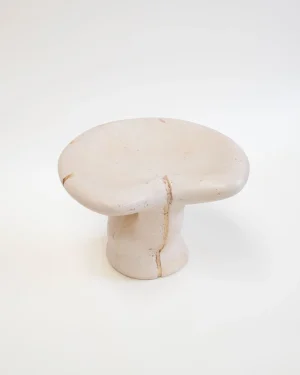 Free shipping
Free shipping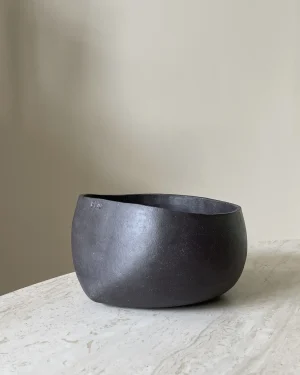 Free shipping
Free shipping In stock
In stock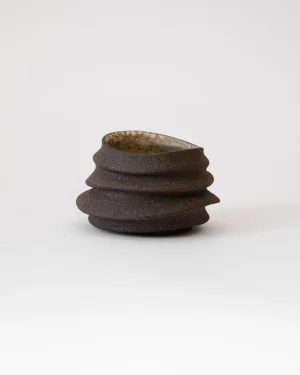 Free shipping
Free shipping In stock
In stock
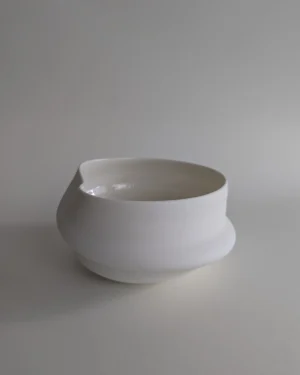 Free shipping
Free shipping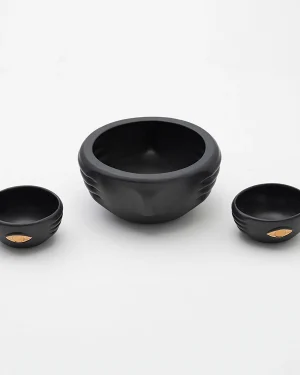 In stock
In stock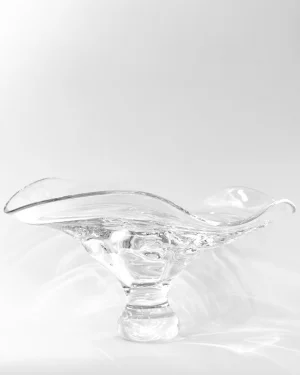
 In stock
In stock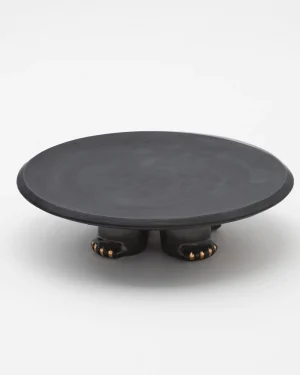 In stock
In stock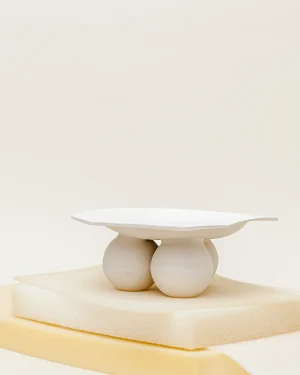 Free shipping
Free shipping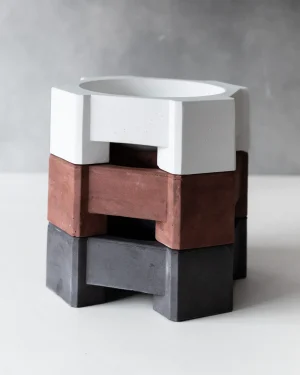 Free shipping
Free shipping In stock
In stock In stock
In stock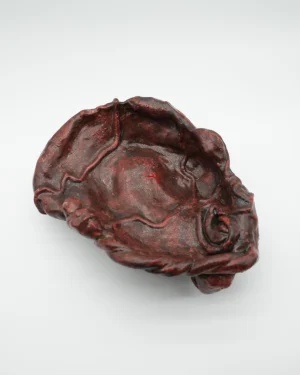 Free shipping
Free shipping
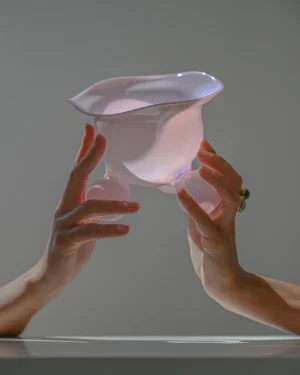 In stock
In stock Free shipping
Free shipping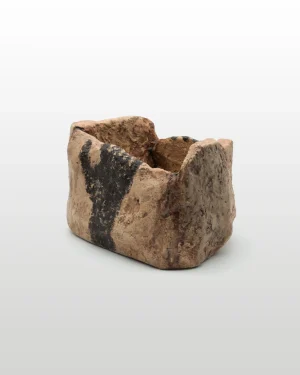 Free shipping
Free shipping In stock
In stock In stock
In stock Free shipping
Free shipping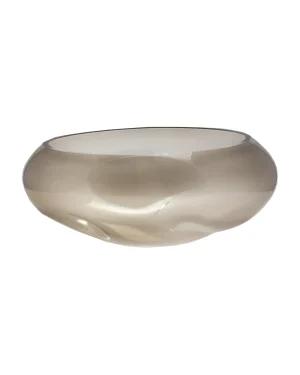
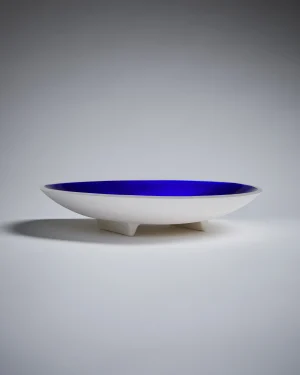 Free shipping
Free shipping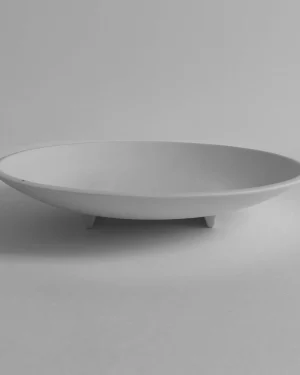 Free shipping
Free shipping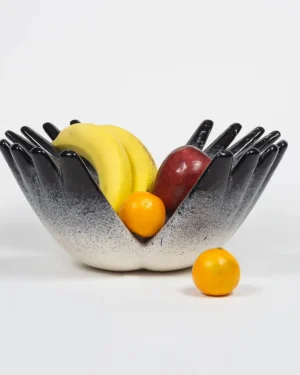
 In stock
In stock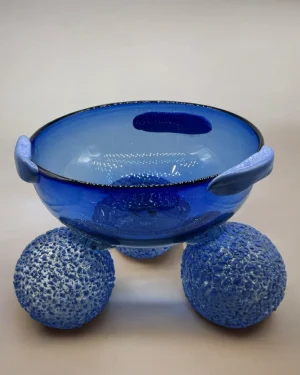 Free shipping
Free shipping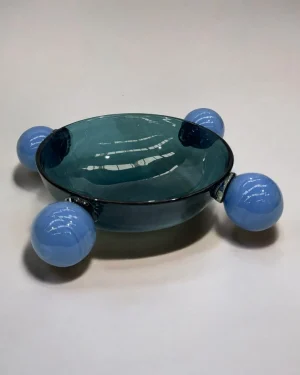 Free shipping
Free shipping In stock
In stock In stock
In stock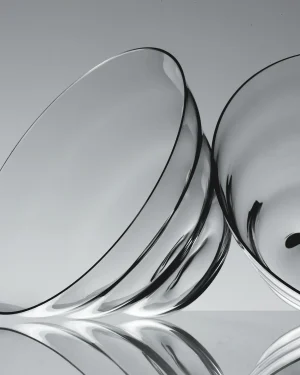 In stock
In stock In stock
In stock In stock
In stock